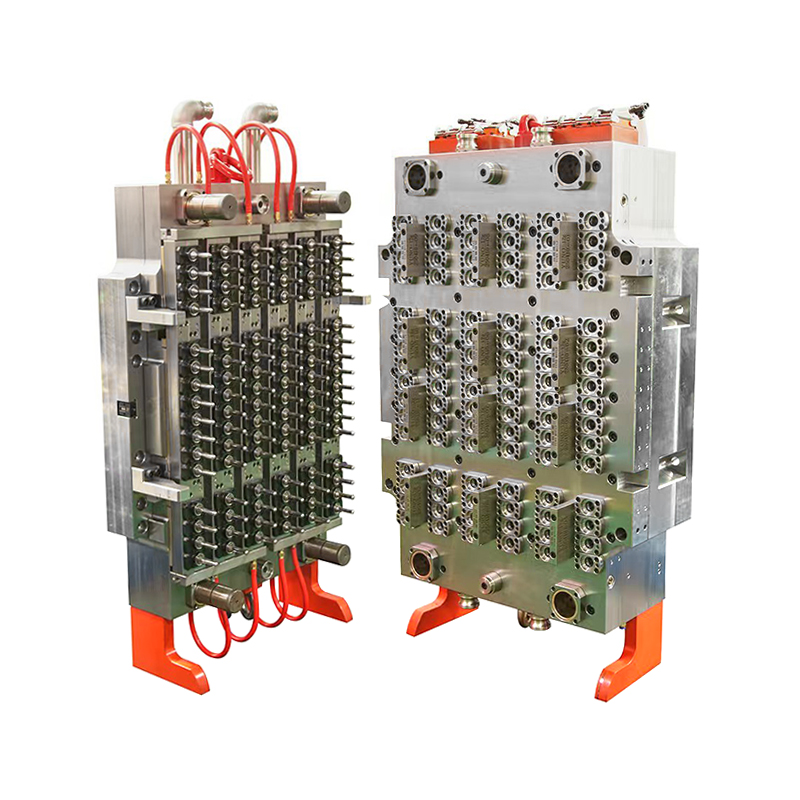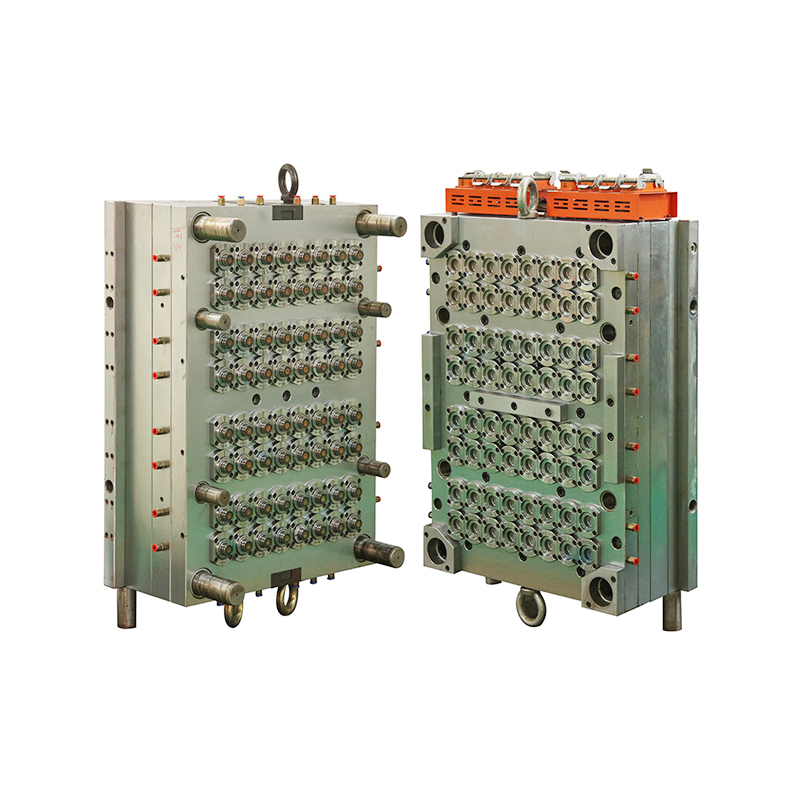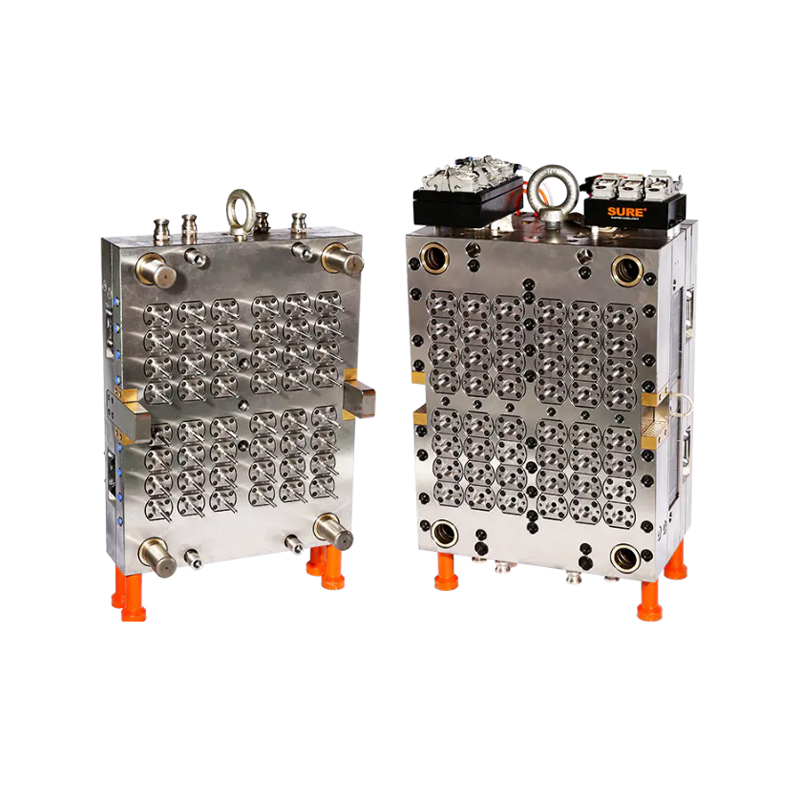No.148 Yongda Road, Jiangkou Street, Huangyan, Taizhou, Zhejiang, China.
In response to surging global demand for beverage and liquid packaging, manufacturers are embracing high-output solutions that do not compromise on quality. At the forefront of this movement is the 96-Cavity PET Preform Mold, an advanced injection molding system engineered for efficiency and scalability. This mold is transforming how PET bottle preforms are produced, offering manufacturers an combination of speed, precision, and cost-effectiveness.
From bottled water and carbonated drinks to household cleaning products and edible oils, PET containers are now the standard in many industries. As a result, the need for faster preform production with consistent quality has become paramount. The 96-cavity mold answers this demand with a production solution tailored for mass manufacturing environments.
Engineered for High-Volume, High-Quality Output
The defining characteristic of the 96-Cavity PET Preform Mold is its high cavity count, enabling up to 96 preforms to be molded in a single injection cycle. This dramatically boosts output while maintaining strict dimensional tolerances. Such volume potential is ideal for large-scale operations that require continuous, uninterrupted preform supply to keep blow molding and filling lines running at full capacity.
This design doesn’t just offer volume; it delivers uniformity across all cavities, which is essential for downstream processes like stretch blow molding. Inconsistent preform weight or wall thickness can result in defective bottles and production waste. Each cavity in the 96-cavity mold is precisely machined to ensure every preform matches exacting standards.
Advanced Cooling Systems Enhance Cycle Efficiency
At the heart of the mold’s high-speed capability is an integrated high-performance cooling system. Cooling accounts for the majority of the injection molding cycle time, and without an optimized system, higher cavity counts can result in longer cycles and inconsistent product quality.

The 96-cavity mold uses strategically placed cooling channels and beryllium-copper inserts for rapid heat transfer. These features ensure that each preform cools evenly and reaches ejection temperature faster, shortening the overall cycle time and maximizing hourly output.
Hot Runner Technology Reduces Waste and Improves Flow Control
Efficiency is further enhanced by the integration of hot runner systems, which maintain molten PET resin at optimal temperatures and distribute it evenly to all 96 cavities. Valve gate technology enables precise flow control, reducing material shear and ensuring smooth cavity filling without cold spots or stringing.
By eliminating the need for cold runners, the system minimizes material waste and post-molding trimming, contributing to both cost savings and environmental sustainability.
Built for Industrial Demands
Mass production at this scale places significant demands on tooling. To ensure long-term durability, the 96-Cavity PET Preform Mold is constructed from premium-grade hardened tool steel, with surfaces treated to resist wear, corrosion, and high thermal cycling.
Critical components such as cores, cavities, and valve pins are designed for easy replacement or maintenance, reducing downtime and maximizing mold availability. With proper care, the mold can perform consistently for millions of cycles, making it a long-term asset for manufacturers focused on operational efficiency.
Automation Compatibility and Digital Integration
Modern production lines demand integration with automated systems for material handling, cavity separation, inspection, and preform transfer. The 96-cavity mold is fully compatible with industry-standard robotic take-out systems and preform cooling conveyors, allowing seamless incorporation into automated molding cells.
Many versions of this mold can also be equipped with smart mold technologies, including sensors for temperature, pressure, and cavity fill monitoring. These allow real-time tracking of process variables, predictive maintenance alerts, and consistent quality control—even in 24/7 production settings.
Supporting Sustainability and Cost Optimization
Beyond production efficiency, the 96-cavity mold supports sustainable manufacturing goals. By reducing cycle times and eliminating cold runners, the system reduces energy usage and material waste. Additionally, it accommodates lightweighting initiatives—producing preforms with thinner walls that still meet strength and performance standards—helping companies meet both regulatory and environmental targets.
High-cavity systems also reduce the need for multiple machines and molds, cutting down on floor space requirements, maintenance costs, and energy consumption per preform produced.


 英语
英语 法语
法语
















